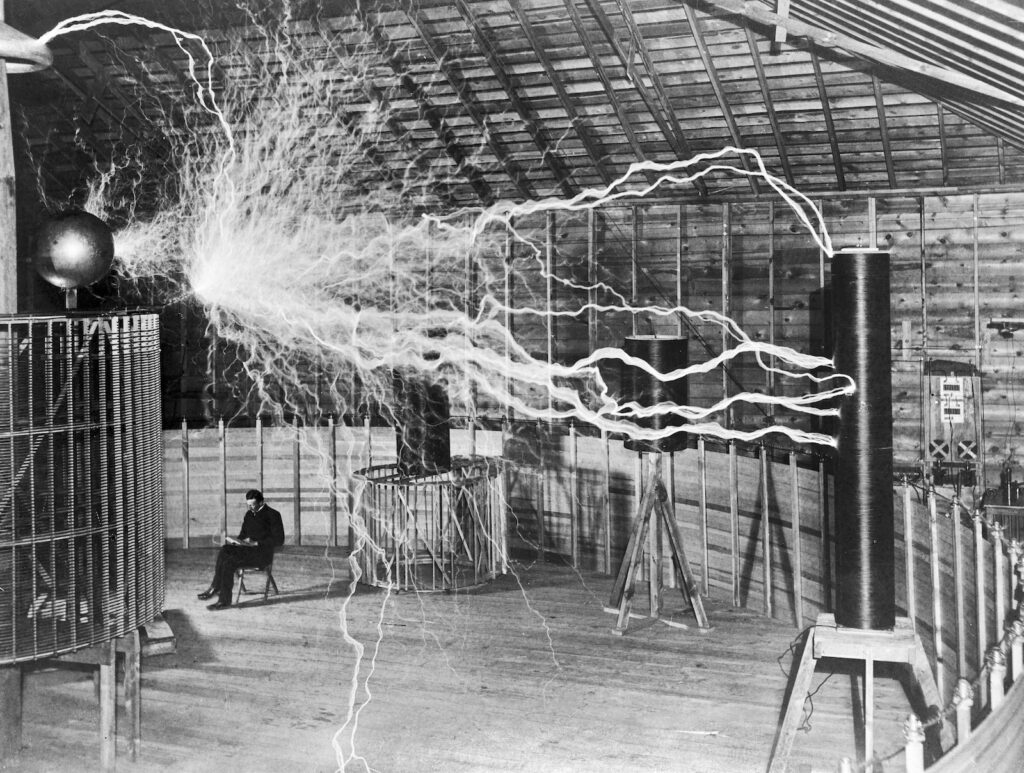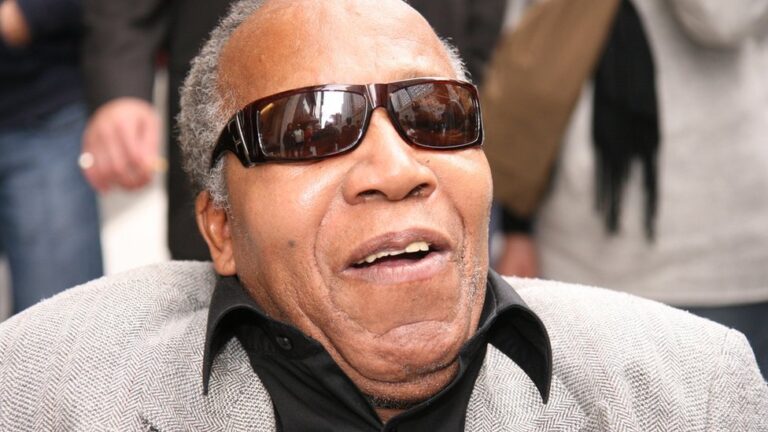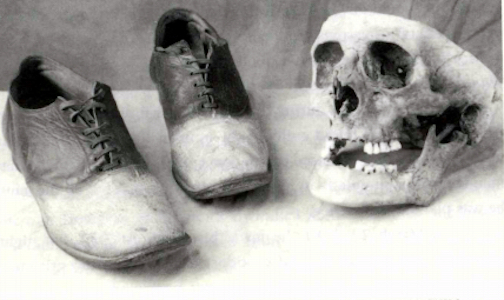The Enigma of Nikola Tesla’s Death Ray
The Origins of Nikola Tesla’s Death Ray
Tesla’s Early Concepts of Energy Weapons
Nikola Tesla, born in 1856 in Smiljan, Croatia, was a visionary inventor whose innovations laid the groundwork for modern electrical engineering. Among his many groundbreaking ideas, the Death Ray stands out as a controversial and enigmatic concept. Tesla’s early work focused on harnessing energy in ways that could revolutionize warfare and defense. His theories on the use of directed energy weapons were not merely fanciful musings; they reflected his deep understanding of physics and electromagnetic waves.
In the wake of World War I, as nations sought new technologies for warfare, Tesla proposed an advanced weapon capable of projecting concentrated beams of energy to disable enemy aircraft and ships. He claimed that his invention could create a protective shield around a nation, rendering it invulnerable to attack. This idea was both intriguing and alarming, capturing the imagination of the public and military leaders alike.
The 1930s: A Time of Innovation and War
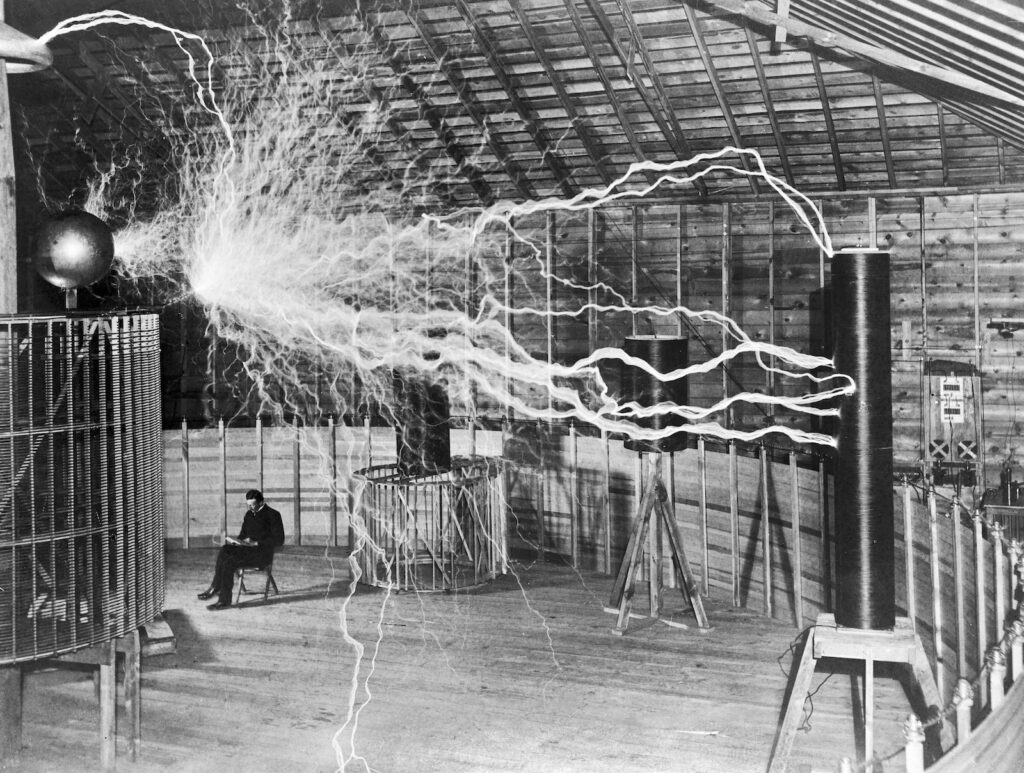
The 1930s was a tumultuous period marked by global political unrest and the looming threat of another world war. Tesla’s Death Ray concept emerged during this time of innovation, as scientists and engineers raced to develop new technologies for defense. Tesla believed that a weaponized form of his electrical theories could serve as a deterrent against aggressors.
His vision was outlined in various patents and papers, where he described a device that could create an intense electromagnetic field. This would disrupt the functioning of enemy machines and technology, effectively neutralizing threats without the need for traditional weaponry.
Tesla’s Vision: What Was the Death Ray?
Description of the Death Ray
Tesla’s Death Ray was not a single device but rather a collection of ideas and inventions aimed at harnessing high-voltage electricity to create powerful energy beams. According to Tesla, the device would operate on the principles of directed energy and could generate “a beam of light” that would deliver immense electrical energy to a target.
“It is a great mistake to think that these rays can only be used for destruction. The real purpose of these inventions is to protect mankind.” — Nikola Tesla
Tesla envisioned the Death Ray as a non-lethal alternative to traditional warfare, aiming to protect nations without loss of life. He believed that such a weapon could disable enemy equipment while preserving civilian infrastructure.
Alleged Capabilities of the Device
Tesla claimed that the Death Ray could function at ranges of hundreds of miles and could potentially annihilate any flying object, including bombers and missiles. His descriptions included the ability to project a “stream of particles” that would be capable of causing destruction upon contact.
Tesla also suggested that the Death Ray could be used for peaceful purposes, such as controlling weather patterns or mitigating natural disasters. This multifaceted approach to energy weaponry highlighted Tesla’s desire to use his inventions for the betterment of humanity, rather than solely for military applications.
The Public Reaction and Media Coverage
Tesla’s Demonstrations and Publicity
Throughout his career, Tesla was known for his flair for the dramatic. He held public demonstrations to showcase his inventions, often generating significant media attention. In the 1930s, Tesla’s claims about the Death Ray attracted both intrigue and skepticism.
Tesla famously claimed to have developed a prototype of the Death Ray and sought funding from various governments, including the United States and the Soviet Union. His presentations included sketches and theoretical models, which captured the imagination of the public. Despite his eloquent descriptions, many scientists and journalists remained doubtful about the feasibility of his ideas.
Media Sensation and Skepticism
As Tesla promoted the Death Ray, sensationalist media coverage often exaggerated his claims. Newspapers dubbed him “the mad inventor,” and his ideas were sometimes dismissed as the fantasies of an eccentric genius. Yet, there were those who believed in Tesla’s vision and sought to understand the implications of his work.
The media’s portrayal of Tesla contributed to a public perception of him as both a brilliant inventor and a misunderstood visionary. While some hailed him as a pioneer, others viewed his ideas with skepticism, questioning the practicality and ethics of such powerful weapons.
The Truth Behind the Death Ray
Investigating the Evidence
After Tesla’s death in 1943, his ideas about the Death Ray continued to generate interest. Researchers and historians have examined his patents and papers, seeking to understand the true nature of his inventions. Some of his patents indeed describe principles that align with modern directed energy weapons, such as laser technology and particle beams.
However, no definitive evidence has surfaced to prove that Tesla ever successfully built a working prototype of the Death Ray. Many speculate that his ideas were ahead of their time and that the technology required to realize them did not exist during his lifetime.
The Fate of Tesla’s Inventions
Following Tesla’s passing, the U.S. government confiscated many of his documents, raising questions about whether they were hidden for security reasons. Some believe that the military was concerned about the potential implications of Tesla’s inventions falling into the wrong hands.
The lack of transparency surrounding Tesla’s work has fueled conspiracy theories and speculation about what he may have discovered. While many of his inventions, such as the Tesla coil and alternating current, have become foundational in electrical engineering, the Death Ray remains shrouded in mystery.
The Legacy of Tesla’s Death Ray
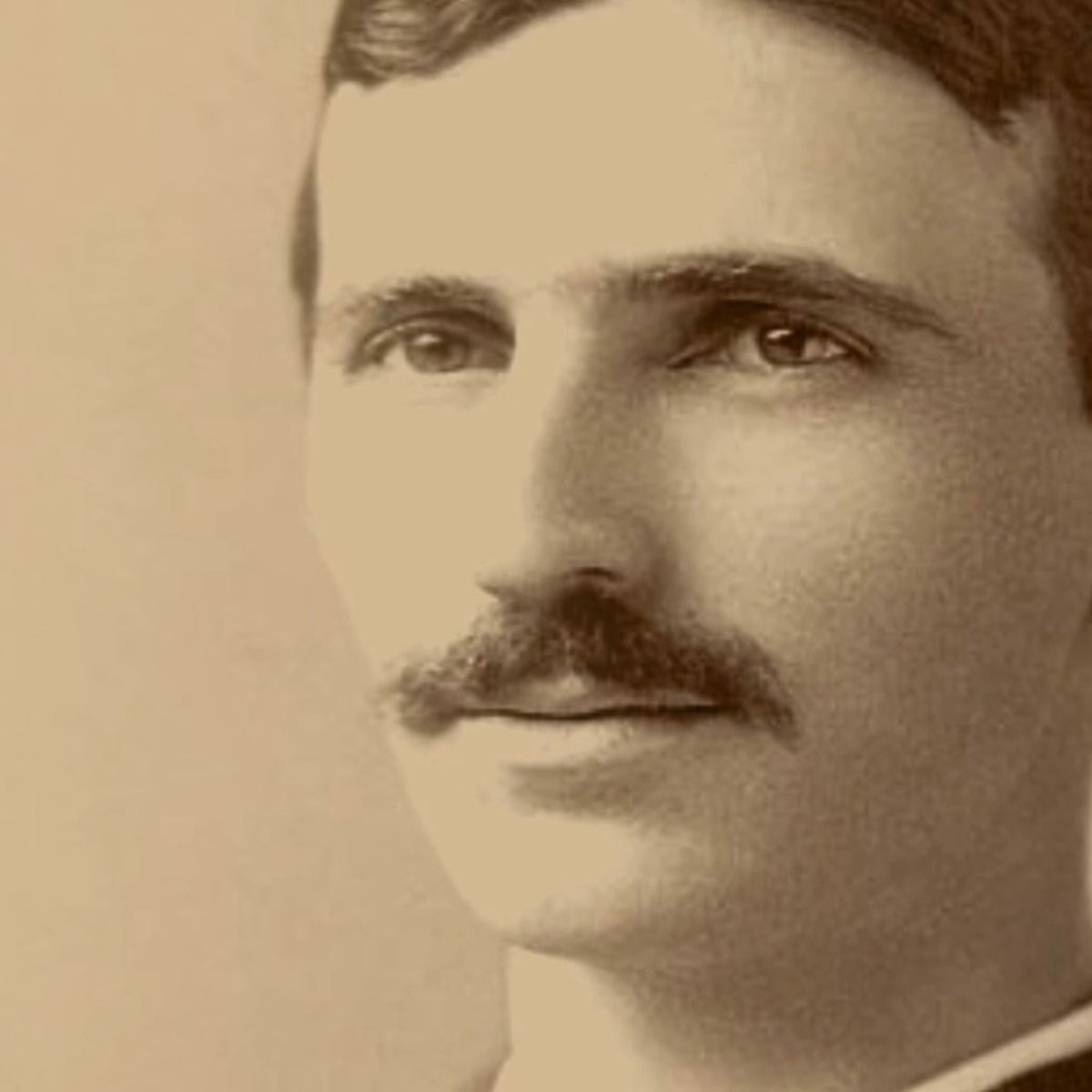
Influence on Modern Technology
Despite the ambiguity surrounding Tesla’s Death Ray, its legacy endures in contemporary discussions about directed energy weapons. Modern militaries are exploring advanced technologies, such as lasers and microwave weapons, which echo Tesla’s original concepts. The potential for non-lethal weapons that can disable rather than destroy is a significant focus in military research.
Tesla’s vision of energy weapons continues to inspire scientists and engineers who seek to harness the power of energy for defense purposes. His ideas are often revisited in the context of modern warfare, raising ethical questions about the implications of using such technologies.
Tesla in Popular Culture
Nikola Tesla’s contributions to science and his enigmatic personality have made him a cultural icon. References to Tesla and his inventions appear in films, literature, and even video games, often portraying him as a misunderstood genius. The Death Ray is frequently depicted in fictional narratives, highlighting the allure of his ideas and the dramatic possibilities of energy weaponry.
The fascination with Tesla extends beyond his inventions; it encompasses his character as a visionary who dared to dream of a better future. Popular media continues to explore his life and work, ensuring that Tesla’s legacy remains relevant in contemporary culture.
| Nikola Tesla’s Biography |
|---|
| Born: July 10, 1856 |
| Died: January 7, 1943 |
| Nationality: Serbian-American |
| Known For: Alternating current, Tesla coil, radio transmission, wireless energy transfer |
| Major Works: Over 300 patents in his lifetime |
FAQs
What was Nikola Tesla’s Death Ray?
Nikola Tesla’s Death Ray was a theoretical weapon he proposed, capable of projecting concentrated beams of energy to disable enemy technology.
Did Tesla ever build the Death Ray?
There is no definitive evidence that Tesla successfully constructed a working prototype of the Death Ray.
How did the public react to the Death Ray?
Reactions varied, with some people expressing intrigue and others skepticism, often fueled by sensational media coverage.
What impact did the Death Ray have on modern technology?
Tesla’s ideas about energy weapons continue to influence research into directed energy technologies used in contemporary military applications.
Is Tesla considered a cultural icon?
Yes, Tesla is often depicted as a misunderstood genius in popular culture, inspiring numerous representations in films, books, and other media.
“I don’t care that they stole my idea… I care that they don’t have any of their own.” — Nikola Tesla
Meta Description: Discover the truth behind Nikola Tesla’s infamous Death Ray, exploring its origins, public perception, and lasting legacy in technology and culture.
References:
- Nikola Tesla’s Death Ray – History Defined
https://www.historydefined.net/nikola-tesla-death-ray/
